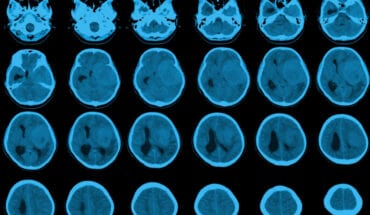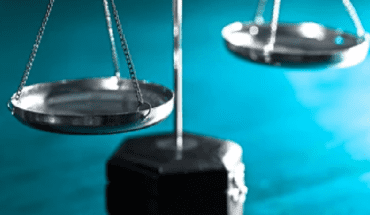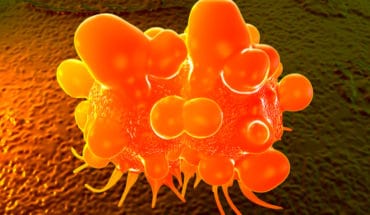Many children are born with birthmarks on the skin, around 1-2%, called congenital melanocytic naevii which range from being very small, that do not cause a problem, to covering large proportions of the body which may need surgery. This is because they can be lumpy and unsightly, particularly if they are large and covered in hair and depending on where they are on the body or face. On rare occasions they also lead to a slightly increased risk of the mole becoming malignant and developing into an aggressive form of skin cancer.
In extreme cases, these moles can cover large proportions of a child’s body and are multiple. I dealt with a case of a young boy in Bologna Columbia whose congenital naevus covered half his body. In that case, he needed articifical skin grafts and multiple operations for us to remove five kilos of mole tissue, a fifth of his body weight at the time.
I dealt with a case of a young boy in Bologna Columbia whose congenital naevus covered half his body. In that case, he needed articifical skin grafts and multiple operations for us to remove five kilos of mole tissue, a fifth of his body weight at the time.
However, around 30 children in the UK are born every year with large congenital naevii.
We now know that these moles develop during early development due to a random mutation that can happen at different stages. This was discovered by my brilliant colleague and collaborator Dr Veronica Kinsler at Great Ormond Street and the Institute of Child Health. The earlier the mutation occurs, the larger and more scattered the moles tend to be. These cells can also grow internally on the dural membrane surrounding the brain and spinal cord, which is why we advise an MRI scan on children at around one year old to see if there is abnormal growth around the brain. If so, these growths may cause neurological problems including epileptic seizures.
When we remove the naevii, we take away all layers of skin and deeper tissues can be affected too. Because they aren’t malignant growths, we don’t need to remove large areas of surrounding tissue too and can excise the mole quite neatly.
When we remove the naevii, we take away all layers of skin and deeper tissues can be affected too. Because they aren’t malignant growths, we don’t need to remove large areas of surrounding tissue too and can excise the mole quite neatly.
We then suture the surrounding skin with fine stitches. For larger moles, we may need to use skin grafts or skin flaps, where we move a flap of skin from one area to cover the affected area, maintaining the blood supply. We can’t use superglue for this procedure because the glue would not be able to hold the wound edges together under tension.
Our unit at Great Ormond Street probably looks after the largest group of children with congenital naevii internationally and we are always looking at new ways to ensure that we can improve diagnosis and treatment of this condition.
- Surgery for birthmarks - 11th October 2018







